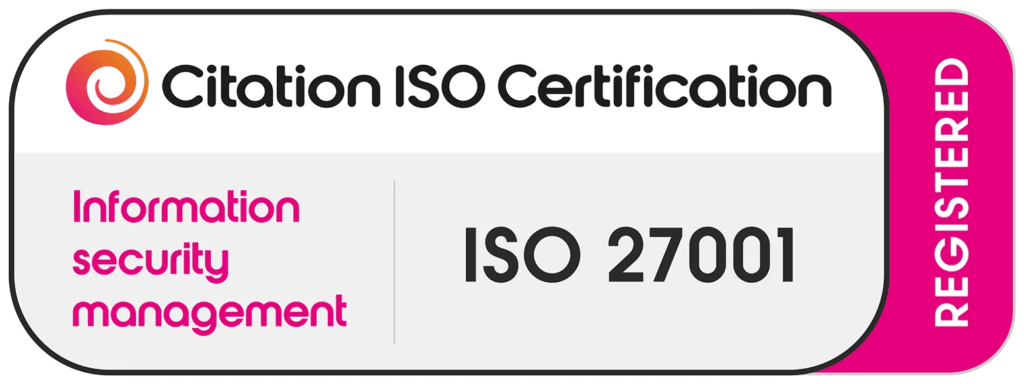Introduction
The Growing Importance of IT Recycling Audits
IT Recycling Audits the rapid turnover of electronic devices has led to an explosion in electronic waste. With corporations upgrading their IT infrastructure regularly, improper disposal of old hardware can harm the environment and jeopardise sensitive data. Enter IT recycling audits a critical tool for businesses to manage e-waste responsibly while ensuring data destruction services, compliance, and sustainability.
As companies aim to integrate green IT solutions and elevate their corporate sustainability efforts, IT recycling audits provide a structured and effective way to track, report, and recycle electronic assets.
Understanding IT Recycling Audits
Definition and Purpose
An IT recycling audit is a comprehensive review of how an organization disposes of its outdated or unused IT equipment. Its core aim is to ensure that electronic waste recycling follows legal, secure, and environmentally friendly practices.
Key Components
- Inventory Assessment: Listing all outdated assets.
- Secure Data Disposal: Ensuring no residual data remains.
- Environmental Compliance: Aligning with e-waste regulations.
- Documentation & Reporting: Maintaining records for accountability.
The Environmental Impact
Reducing E-Waste
The average office generates tons of electronic waste yearly. By performing IT recycling audits, companies can identify ways to reuse, recycle, or donate equipment instead of sending it to landfills.
Promoting Sustainable Practices
Audits encourage adoption of sustainable IT practices, such as component reuse and reduced carbon footprint in disposal methods.
Regulatory Compliance
Understanding Legal Obligations
Various regions enforce strict environmental compliance laws related to IT asset disposition (ITAD). Failure to comply can lead to penalties and reputational damage.
Avoiding Penalties
An audit ensures organizations adhere to frameworks like WEEE (Waste Electrical and Electronic Equipment), HIPAA, and GDPR where applicable.
Data Security Concerns
Protecting Sensitive Information
Old hard drives and devices often store confidential data. Without proper disposal, companies risk breaches.
Ensuring Data Destruction
Using certified data destruction services is key. A recycling audit ensures all equipment undergoes verified and irreversible data wiping.
Cost-Benefit Analysis
Financial Advantages
Recycling IT assets can yield returns via parts resale or equipment repurposing. Audits identify these hidden opportunities.
Long-Term Savings
Avoiding fines and maximizing asset lifespan reduces IT expenses over time, improving ROI.
Implementing an IT Recycling Audit
Step-by-Step Guide
- Identify Stakeholders
- Create Asset Inventory
- Evaluate Current Disposal Process
- Establish Secure Data Wiping
- Select a Certified ITAD Vendor
- Document Each Step
Tools and Resources
- ITAM software (Asset Panda, Lansweeper)
- E-waste recycling calculators
- Compliance checklists
Choosing the Right Recycling Partner
What to Look For
- Certifications: R2, e-Stewards
- Data destruction compliance
- Proven sustainability track record
Questions to Ask
- How is e-waste processed?
- What data destruction standards are followed?
- Do they provide documentation?
Case Studies
Success Stories
A global finance firm reduced its e-waste by 40% through structured audits and now reuses 30% of its IT hardware.
Lessons Learned
Partnering with a transparent vendor and regular training were key to their success.
Common Challenges
Identifying Obstacles
- Lack of internal awareness
- Limited vendor transparency
- Inconsistent data disposal methods
Strategies to Overcome
- Conduct internal training
- Establish audit schedules
- Engage reputable partners
Future Trends in IT Recycling
Emerging Technologies
AI-driven tracking, blockchain-based auditing, and smart bins are revolutionising e-waste management.
Predictive Analytics
Using data to forecast equipment lifecycle and proactively plan audits boosts sustainability.
Employee Training and Awareness
Importance of Staff Involvement
Every employee plays a role in managing IT assets responsibly.
Training Programs
Offer workshops, manuals, and e-learning modules on secure disposal and sustainable IT practices.
Reporting and Documentation
Maintaining Records
Proper documentation is essential for audits, insurance, and compliance.
Reporting Standards
Use templates aligned with ISO 14001 or other sustainability reporting formats.
Integrating with Corporate Social Responsibility (CSR)
Aligning with CSR Goals
IT recycling audits support broader CSR themes like ethical sourcing, carbon neutrality, and responsible business conduct.
Enhancing Brand Image
Consumers and partners are increasingly drawn to eco-conscious businesses. Reporting on green IT solutions enhances credibility.
Measuring Success
Key Performance Indicators (KPIs)
- % of devices recycled
- Reduction in landfill contribution
- Compliance scorecards
- Cost savings from reused equipment
Continuous Improvement
Review KPIs quarterly, update protocols, and stay informed on evolving e-waste legislation.
Conclusion
Recap and Final Thoughts
In a tech-driven world, IT recycling audits aren’t just an option; they’re a necessity. By implementing structured audits, businesses ensure secure data disposal, uphold environmental compliance, and foster corporate sustainability. The future of e-waste management depends on proactive steps today. So, track, report, recycle and lead your organization toward a greener, smarter future.
You can also read: What Happens During a Lease Return? Step-by-Step Process
FAQs
1. What is the main purpose of an IT recycling audit?
To ensure secure, compliant, and eco-friendly disposal of IT assets.
2. How does it help with data security?
Audits ensure use of certified data destruction services for secure data wiping.
3. Are IT recycling audits mandatory?
In many regions, yes especially under environmental compliance laws.
4. What certifications should a recycling vendor have?
Look for R2, e-Stewards, and NAID certifications.
5. Can IT recycling save money?
Yes. Through asset resale, donation, and avoiding fines.
6. How often should audits be conducted?
Annually, or after large-scale IT upgrades or decommissions.


